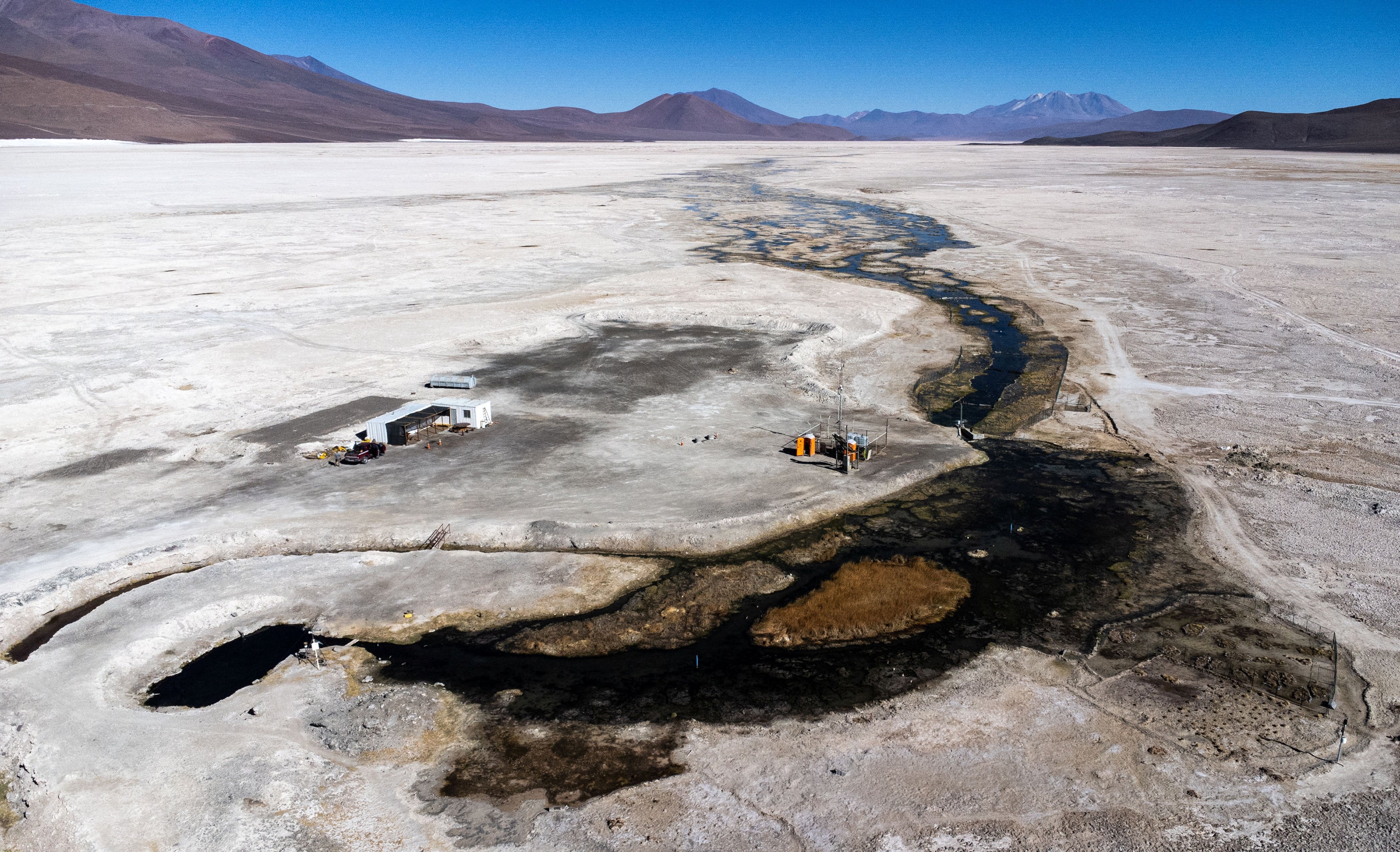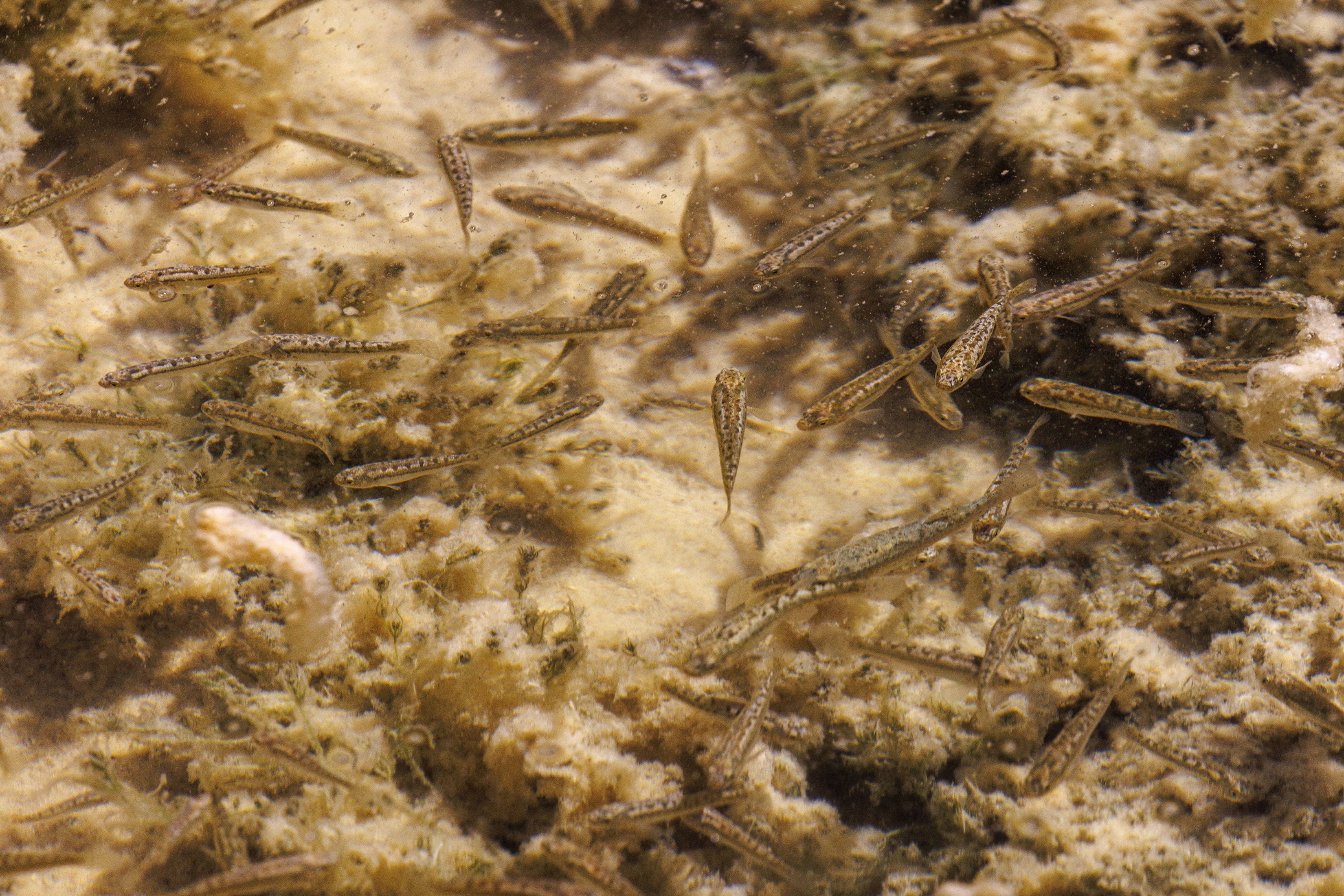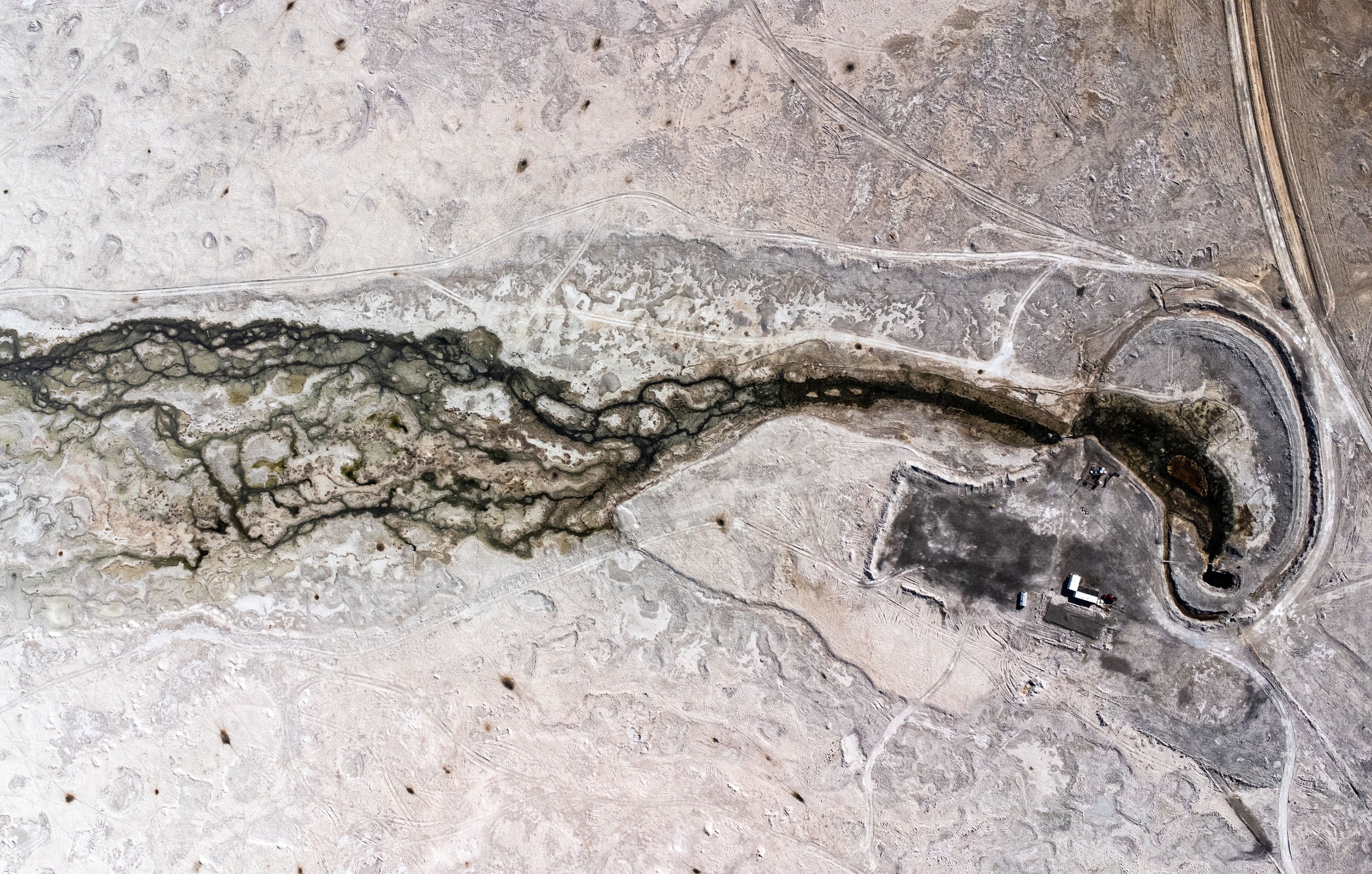Chile’s rare salt flat fish faces extinction from lithium mining
The fish evolved quickly to survive - but are now at risk

Your support helps us to tell the story
From reproductive rights to climate change to Big Tech, The Independent is on the ground when the story is developing. Whether it's investigating the financials of Elon Musk's pro-Trump PAC or producing our latest documentary, 'The A Word', which shines a light on the American women fighting for reproductive rights, we know how important it is to parse out the facts from the messaging.
At such a critical moment in US history, we need reporters on the ground. Your donation allows us to keep sending journalists to speak to both sides of the story.
The Independent is trusted by Americans across the entire political spectrum. And unlike many other quality news outlets, we choose not to lock Americans out of our reporting and analysis with paywalls. We believe quality journalism should be available to everyone, paid for by those who can afford it.
Your support makes all the difference.At more than 3,700 meters above sea level, the “karachi” swims happily in dense salt flat waters, but locals worry a future lithium project will endanger this extreme-environment fish.
The Orestias ascotanensis is a small ray-finned fish that grows to just 7.5 centimeters (3 inches), but has adapted to the Ascotan salt flat’s high concentrations of heavy metals and variable salinity.
The salt flat also sees high solar radiation and temperature variations that reach 26 Celsius (79 Fahrenheit) during the day and below freezing at night, according to Marco Mendez, a professor at the University of Chile who studies evolutionary biology.
Scientists at the Millennium Institute’s genome center have been studying the fish and found genes that allow it to resist each element of its hostile environment, from solar radiation to heavy metals to low oxygen levels.
The fish has also evolved to do it quickly.

“We’ve seen how they’ve done this in a short evolutionary time because there are other variants of this fish in less hostile environments,” said Miguel Allende, director of the institute.
“They’ve taken these genes and exacerbated them.”
While the fish can survive extreme environments, it still needs an environment to live in and residents say copper mining has reduced the fish population due to water extraction.
“That’s what’s hurting them, when they take the water, the fish die,” said Mauricio Anza, a local resident, who said people in the area are working to preserve the areas flora and fauna.

But Ascotan is also one of the salt flats where the government plans to launch a private lithium mining project, something locals and experts say must come with guarantees to safeguard the ecosystem.
“Mining activity, while important from an economic point of view, must be carried out with the aim of ensuring that this very particular environment is not lost forever,” Allende said.
Join our commenting forum
Join thought-provoking conversations, follow other Independent readers and see their replies
Comments